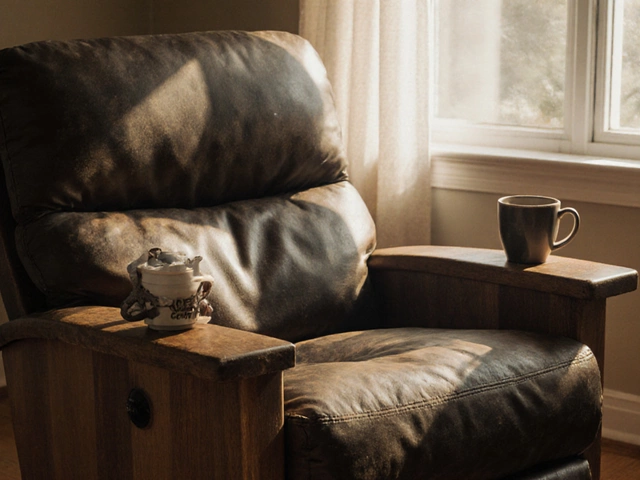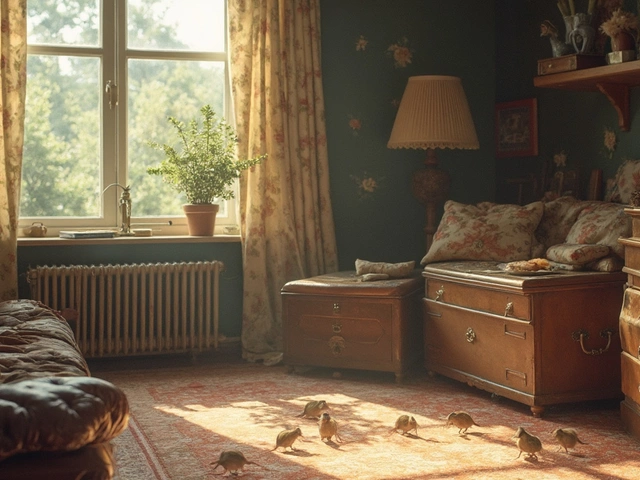Corner Sofa Space Calculator
Your Room Dimensions
Sofa Dimensions
Quick Takeaways
- Corner sofas can fit tight spaces when you choose the right size and shape.
- Measure your floor plan and keep at least 60cm of clear traffic flow around furniture.
- Modular pieces let you shrink or expand the sofa as your needs change.
- Consider storage options and low‑profile backs to preserve a roomy feel.
- If a corner sofa feels too bulky, try a loveseat or a slim sectional instead.
When you live in a compact flat or a petite apartment, every square foot counts. The question you’re probably asking yourself right now is whether a corner sofa can actually make a small living room feel more comfortable or if it will just hog the space. Below we break down the anatomy of a corner sofa, weigh the benefits against the drawbacks, and give you practical layout tricks so you can decide with confidence.
Corner sofa is a large, L‑shaped seating unit that wraps around two walls or a corner, often comprising a longer seat, a shorter sit‑down, and sometimes a chaise. It’s a staple in many living rooms because it offers plenty of seating without the need for multiple sofas. But does that advantage translate to a small room?
What Makes a Corner Sofa Different?
Unlike a straight sofa that only occupies a single wall, a corner sofa extends across two intersecting walls, creating a natural “room‑within‑a‑room” feel. This design can define a conversation area, anchor a TV, or serve as a base for a coffee table and side chairs. When paired with a small living room, it can either free up central floor space or crowd it, depending on how you plan the layout.
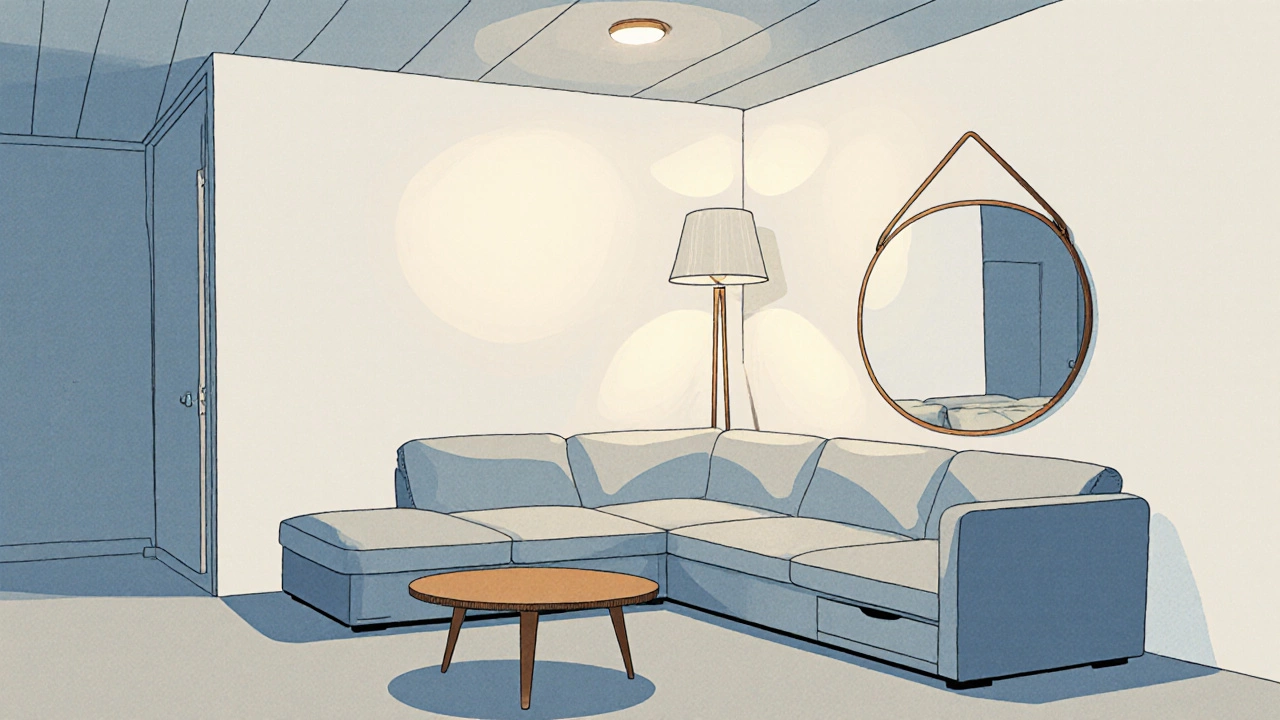
Pros of Using a Corner Sofa in a Small Living Room
- Maximized Seating: An L‑shaped unit typically seats 5‑7 people, letting you host guests without adding extra chairs.
- Built‑in Zoning: The shape naturally separates the seating zone from the rest of the room, which is useful when you need a work or dining nook.
- Space‑Saving Variants: Modern modular sofa sections let you remove a corner piece or swap a chaise for a slimmer arm, adapting the footprint to tighter dimensions.
- Storage Opportunities: Some corner sofas include hidden drawers under the chaise or inside the arm, reducing the need for separate side tables.
- Visual Balance: The L‑shape can soften an empty corner, making the room feel more cohesive rather than leaving wasteful gaps.
Potential Drawbacks to Watch Out For
- Footprint: Even a compact corner sofa can consume 2.5-3m of wall length, which might dominate a room under 12m².
- Obstructed Flow: If placed incorrectly, the sofa can block the main pathway, reducing the recommended traffic flow of at least 60cm.
- Limited Flexibility: Once you lock the unit into a corner, rearranging the room becomes harder compared with a lightweight loveseat.
- Depth Issues: Deep corner sofas can push the seating area further from the TV or window, making the room feel shallow.
How to Choose the Right Corner Sofa for a Tight Space
- Measure the Corner: Start by measuring the two walls that will host the sofa. Record the length, height, and depth you can afford.
- Check the furniture footprint: Add the sofa’s dimensions to your floor plan and ensure you still have at least 60cm of clearance on all sides for comfortable movement.
- Opt for Low‑Back or Sloped Designs: A low back reduces visual bulk and leaves the ceiling line open, giving a sense of height.
- Pick Modular Over Fixed: Modular systems let you start with a basic L‑shape and later add or remove sections like a chaise or a small ottoman.
- Consider Upholstery Color and Texture: Light fabrics reflect more light, making the room appear larger. Dark, heavy materials can shrink the space visually.
- Look for Integrated Storage: Hidden compartments keep blankets, magazines, or remote controls out of sight without adding extra furniture.
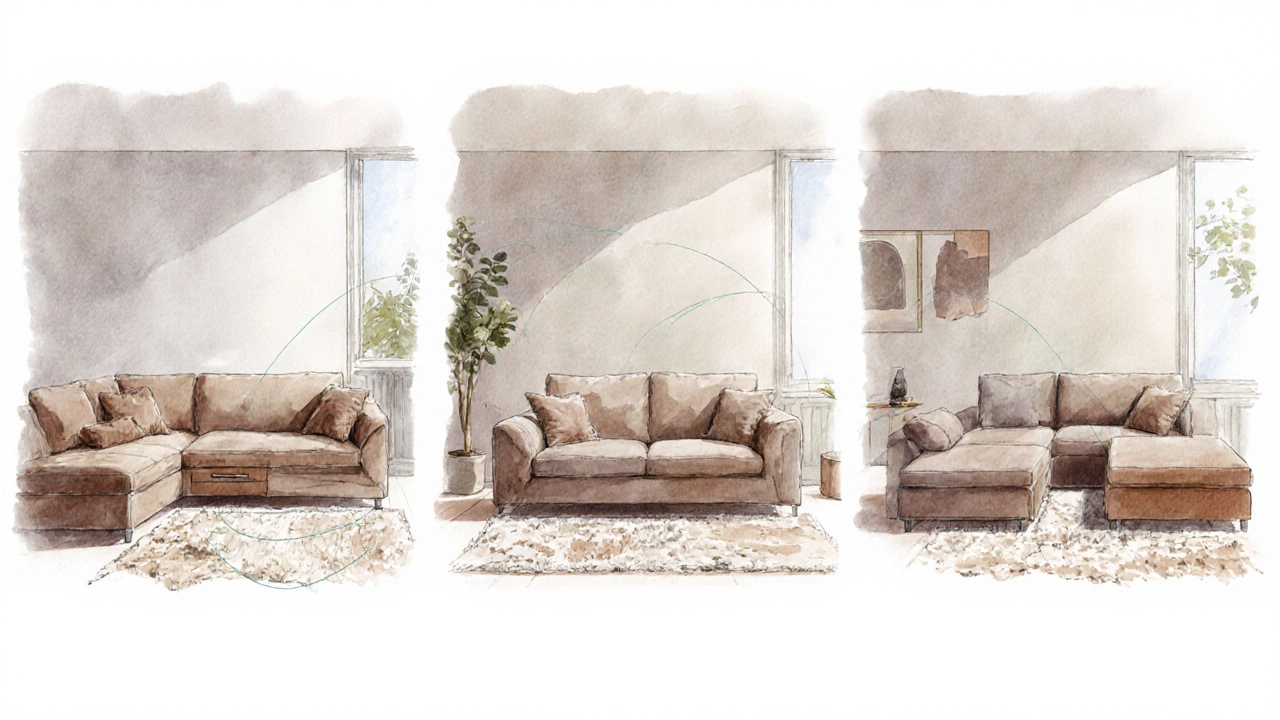
Layout Tips & Placement Strategies
Even the best‑designed corner sofa can look cramped if you place it poorly. Here are proven layouts that keep a room feeling airy:
- Floating L‑Shape: Instead of tucking the sofa straight into the corner, pull it away 20-30cm. This creates a narrow walkway behind the unit and visually opens the corner.
- Against One Wall Only: Use a “corner‑cut” piece where the longer side runs along the main wall and the shorter side stops short of the second wall, leaving the corner open for a plant or a tall lamp.
- Center the Chaise: If the sofa includes a chaise, place it on the longer side and keep the short side as a pure back‑rest. This arrangement opens up the opposite corner for a coffee table.
- Pair with a Slim Coffee Table: Choose a narrow, round or oval coffee table (diameter ≤ 80cm) to avoid blocking the traffic lane between the two arms.
- Use Mirrors & Light: Position a large mirror on the free wall to bounce light across the room, offsetting any bulk added by the sofa.
Alternative Seating Options for Ultra‑Small Rooms
If after measuring you realize a corner sofa still feels too big, consider these space‑saving choices that still provide comfort.
- Loveseat: Seats two comfortably, usually only 1.2-1.4m wide, perfect for a single‑wall layout.
- Modular sectional: Mixes small pieces like a single seat, corner module, and ottoman that you can rearrange as needed.
- Space saving sofa (also called a “compact sofa”): Low depth (≤ 70cm) and sleek profile, often without armrests.
- Sofa bed: Doubles as a guest bed, reducing the need for a separate guest room.
Comparison Table: Corner Sofa vs. Straight Sofa vs. Modular Sectional
| Feature | Corner Sofa | Straight Sofa | Modular Sectional |
|---|---|---|---|
| Seating Capacity | 5‑7 | 2‑4 | 4‑6 (configurable) |
| Footprint (L×W×D) | ≈ 240cm×200cm×95cm | ≈ 180cm×90cm×85cm | Variable (modular pieces from 90cm×80cm) |
| Flexibility | Fixed shape (unless modular) | High - can be moved easily | Very high - add/remove modules |
| Built‑in Storage | Often yes (under chaise) | Rare | Optional in some modules |
| Visual Bulk | Medium‑High | Low‑Medium | Low‑Medium (depends on depth) |
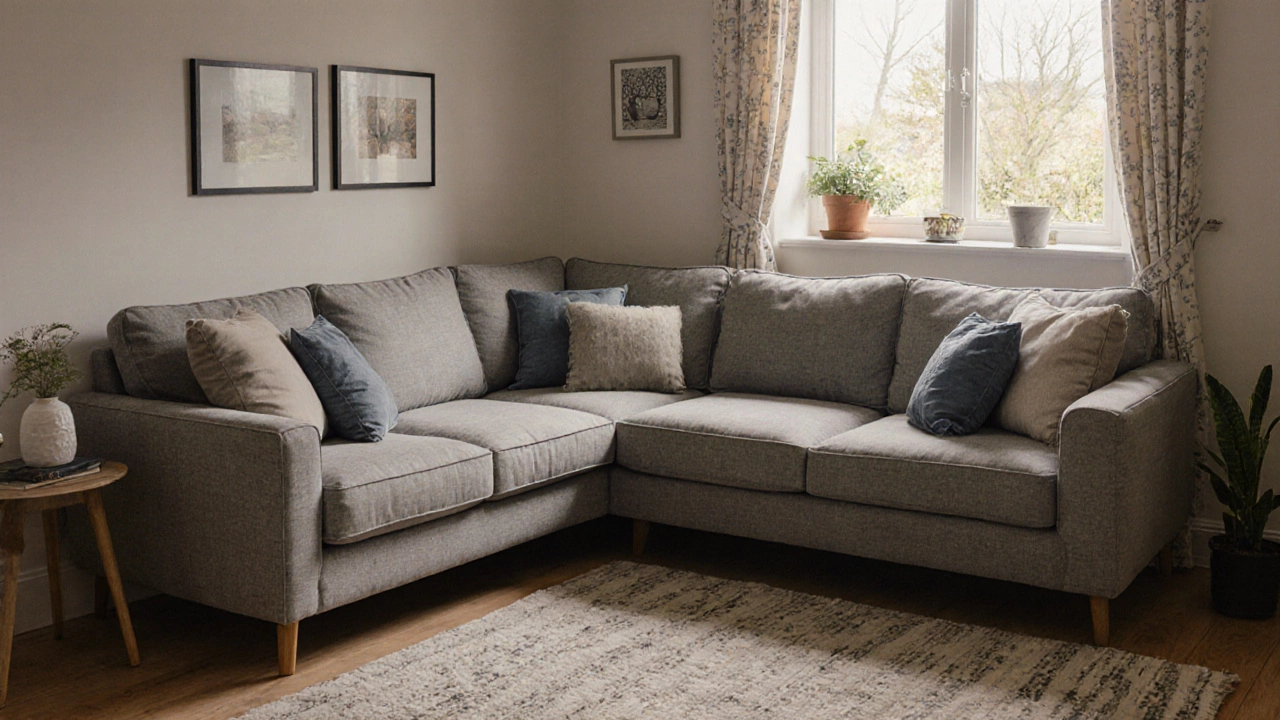
Mini‑FAQ
Frequently Asked Questions
Will a corner sofa make a tiny room feel even smaller?
Not always. If you choose a low‑profile, modular design and keep clear traffic lanes, a corner sofa can actually define a cozy seating zone without crowding the rest of the room.
How much clearance should I leave around a corner sofa?
Aim for at least 60cm (24in) of free space on all sides. This lets you move comfortably and avoids a cramped feel.
Can I add storage to a corner sofa?
Yes. Many modern corner sofas include drawers under the chaise or hidden compartments in the armrests. Look for models that list “built‑in storage” in the specs.
Is a modular sectional better for flexible layouts?
Modular sections win when you anticipate moving or re‑configuring your room. You can start with a small L‑piece and later add a chaise or extra seat without buying a whole new sofa.
What upholstery works best in a small living room?
Light, neutral fabrics such as linen, cotton, or a low‑sheen polyester keep the space bright. If you love colour, choose a single accent cushion rather than a bold whole‑piece fabric.
Next Steps & Troubleshooting
- Too Big After Delivery? Disassemble any removable modules and store the extra piece in a bedroom or hallway until you can re‑arrange. Many manufacturers allow you to swap a chaise for a slimmer arm.
- Uneven Wall Lengths? Use a custom‑cut corner sofa or opt for a “floating” L‑shape that only occupies the longer wall, leaving the shorter side open.
- Stuck with a Narrow Doorframe? Measure the sofa’s widest point and compare with your door’s clear opening. If it doesn’t fit, ask the retailer about a “flat‑pack” version that assembles inside.
- Want More Storage? Add a low coffee table with drawers or a nearby sideboard; this keeps the sofa’s footprint untouched while increasing utility.
Bottom line: a corner sofa can absolutely work in a small living room-provided you treat it as a piece of interior layout strategy rather than a one‑size‑fits‑all furniture item. With the right measurements, a modular design, and thoughtful placement, you’ll enjoy generous seating without sacrificing the room’s breathing space.

